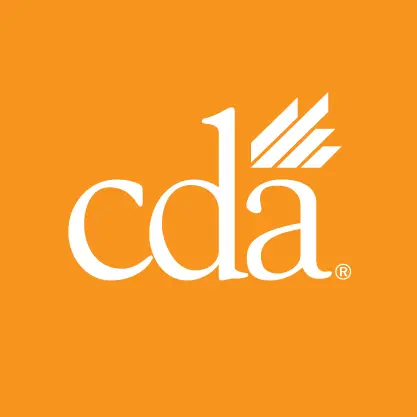Privacy and HIPAA
Protecting Your Practice: The Importance of Software Updates
Yes, updates are a hassle. But skipping them could cost you a lot more. Learn how to manage the process and improve your system security.
Sample Breach Notification Notice
Use sample notice to inform patients of a breach of their personal information. Sample notice includes elements required by law.
Sample Nondisclosure Agreement
Practices should personalize the attached sample language to their practices and confirm that the agreement is consistent with existing policies and procedures.
Sample Notice of Privacy Practices
Customize this form to create a dental practice’s notice, which must be updated by Feb. 16, 2026. It must have specified elements. Provide the notice to new patients and collect an acknowledgment of receipt. Post it in the practice and on the practice website. Notify current patients of the updated notice.
Social Security Numbers and Drivers Licenses
Summarizes prohibited actions and best practices for businesses collecting social security numbers or copies of driver’s licenses.
Surveillance Cameras: What to Consider Before Installing Them
Describes items dentists should consider when contemplating the use of video surveillance cameras at the practice. Sample notification language for patients and employees included.
The Role of Front Office Staff in Cybersecurity
Front office staff are often the unsung heroes of a dental office. They juggle appointments, paperwork, and greet every patient with a smile. But there’s one more role they play that’s easy to overlook: front-line cybersecurity defender.
The Safest Ways To Share Passwords (When You Have To)
Learn how to reduce risk when access to systems needs to be shared in your dental practice.
Top 5 Cybersecurity Mistakes Small Dental Practices Make (and How To Fix Them)
Get to know how to fix the top 5 cybersecurity mistakes a small dental practice can make.
Uses and Disclosures of Patient Health Information
Both federal and state laws protect patient health information (PHI) in part by establishing rules for its use and disclosure. This article reviews those rules.
What To Do After a Cyber Incident
Once the immediate chaos of a cyberattack is under control, it’s time to focus on restoring systems and learning from the incident in order to be better prepared.
Why Multi-Factor Authentication Is a Must for Your Practice
One of the easiest and most effective ways to protect your practice is by turning on multi-factor authentication (MFA) wherever possible. Learn why MFA is important.
